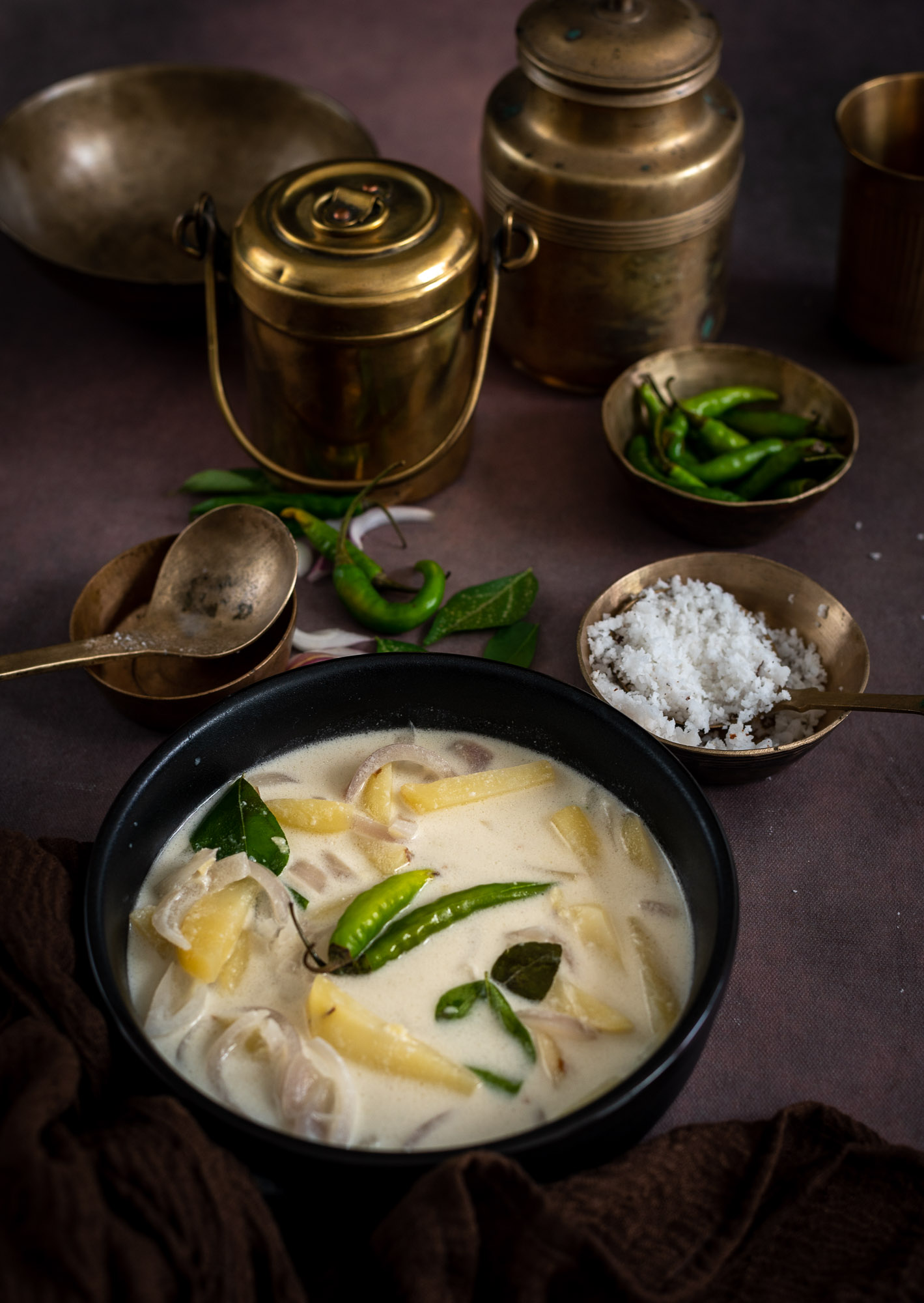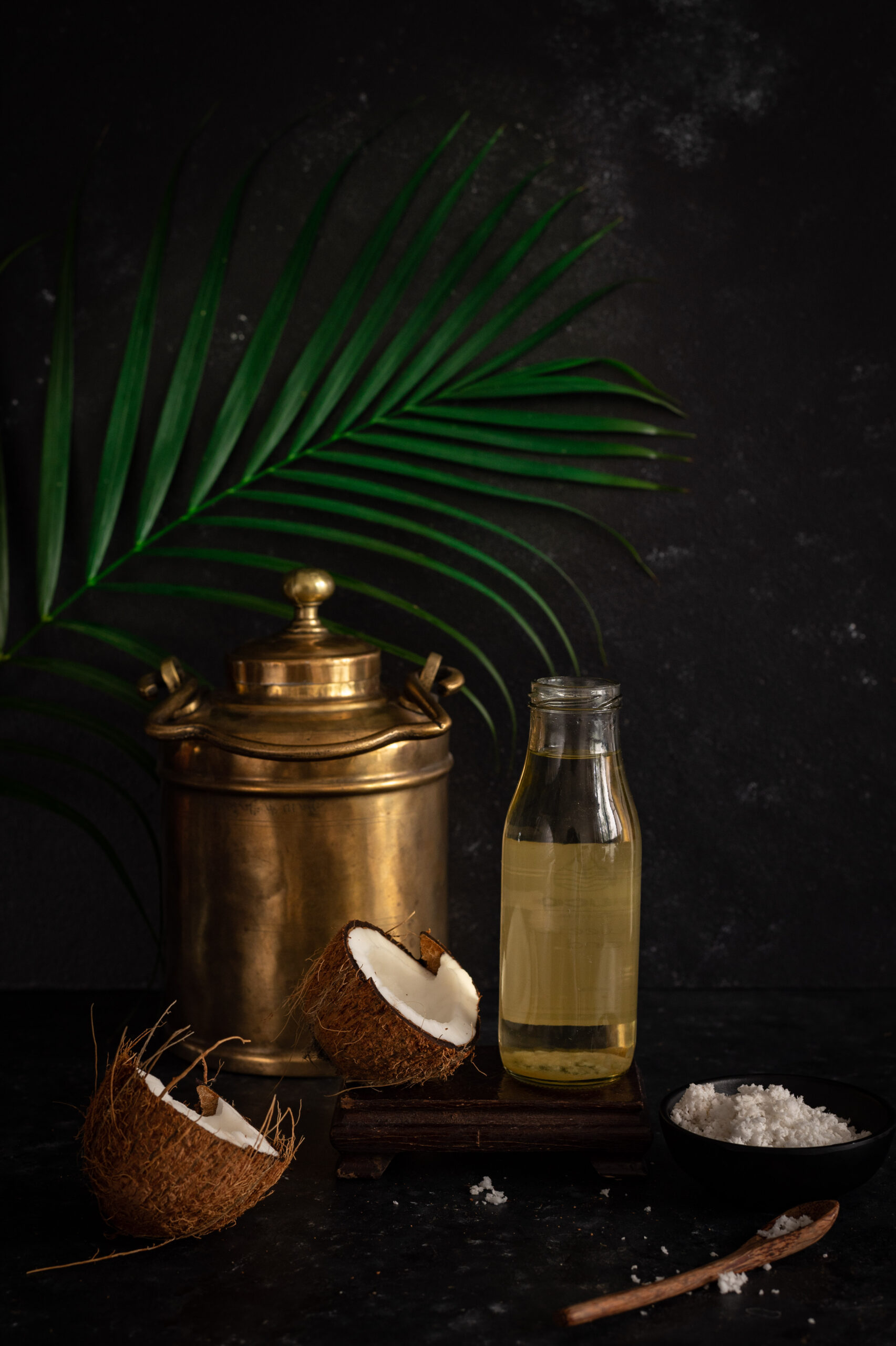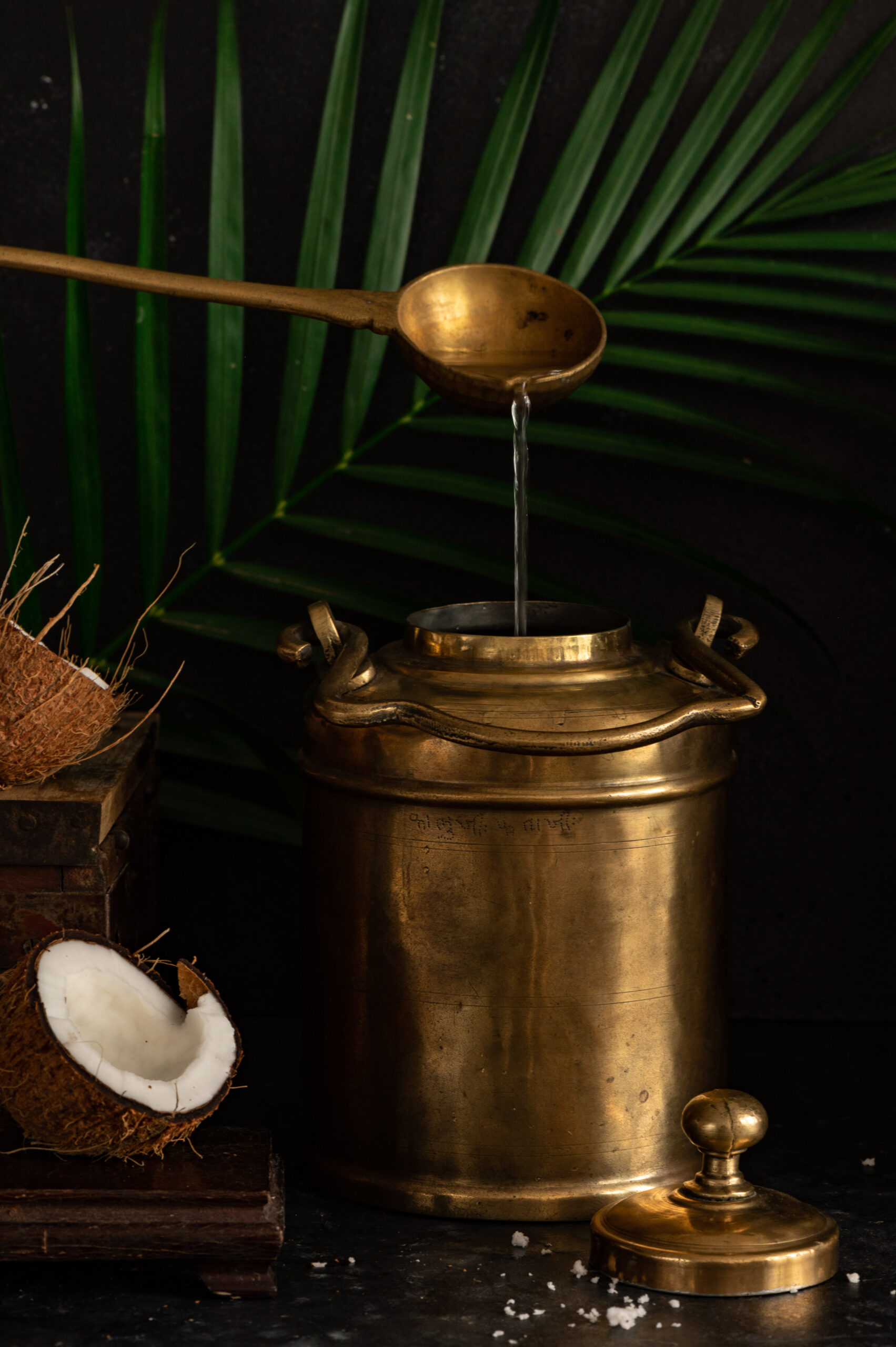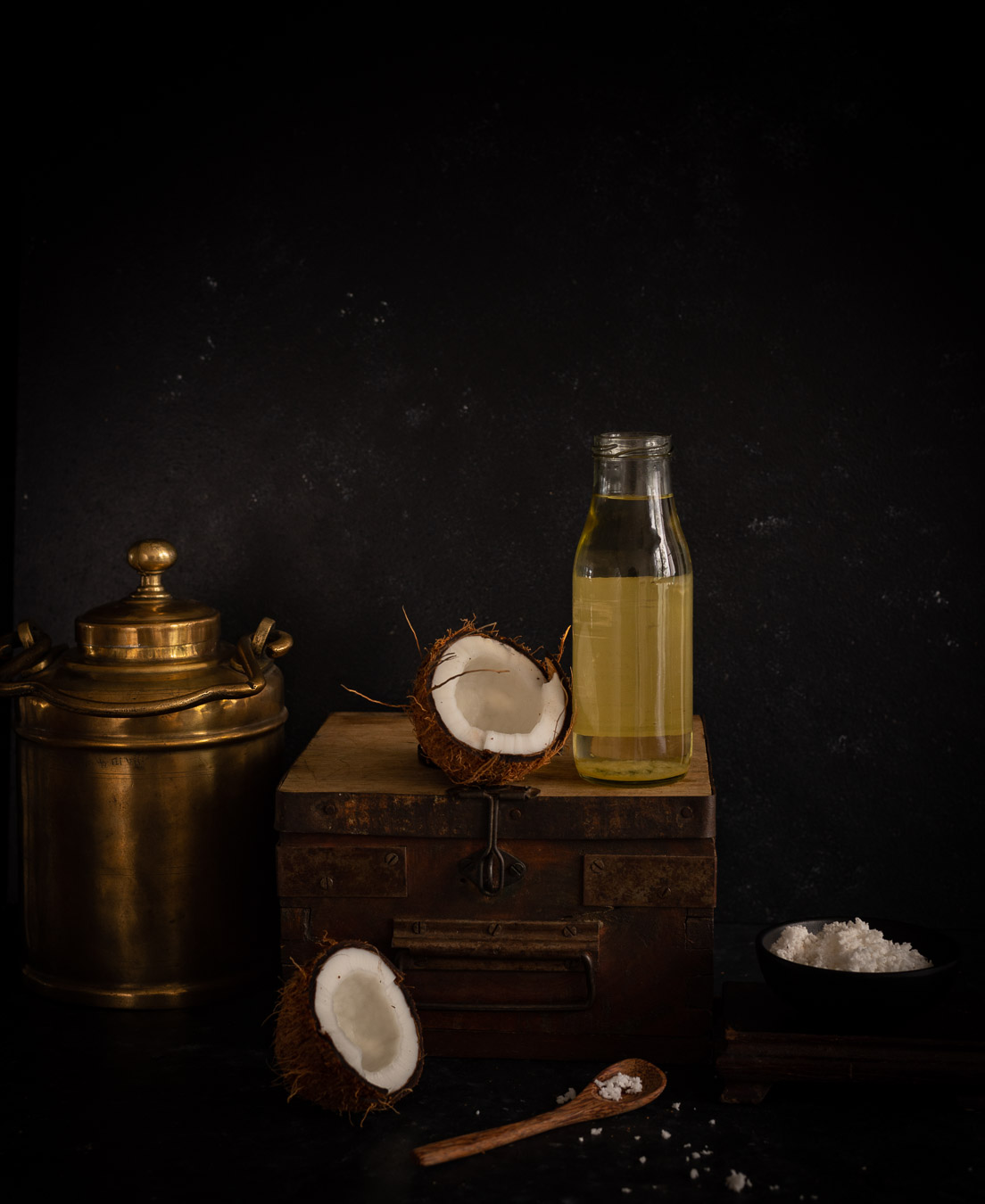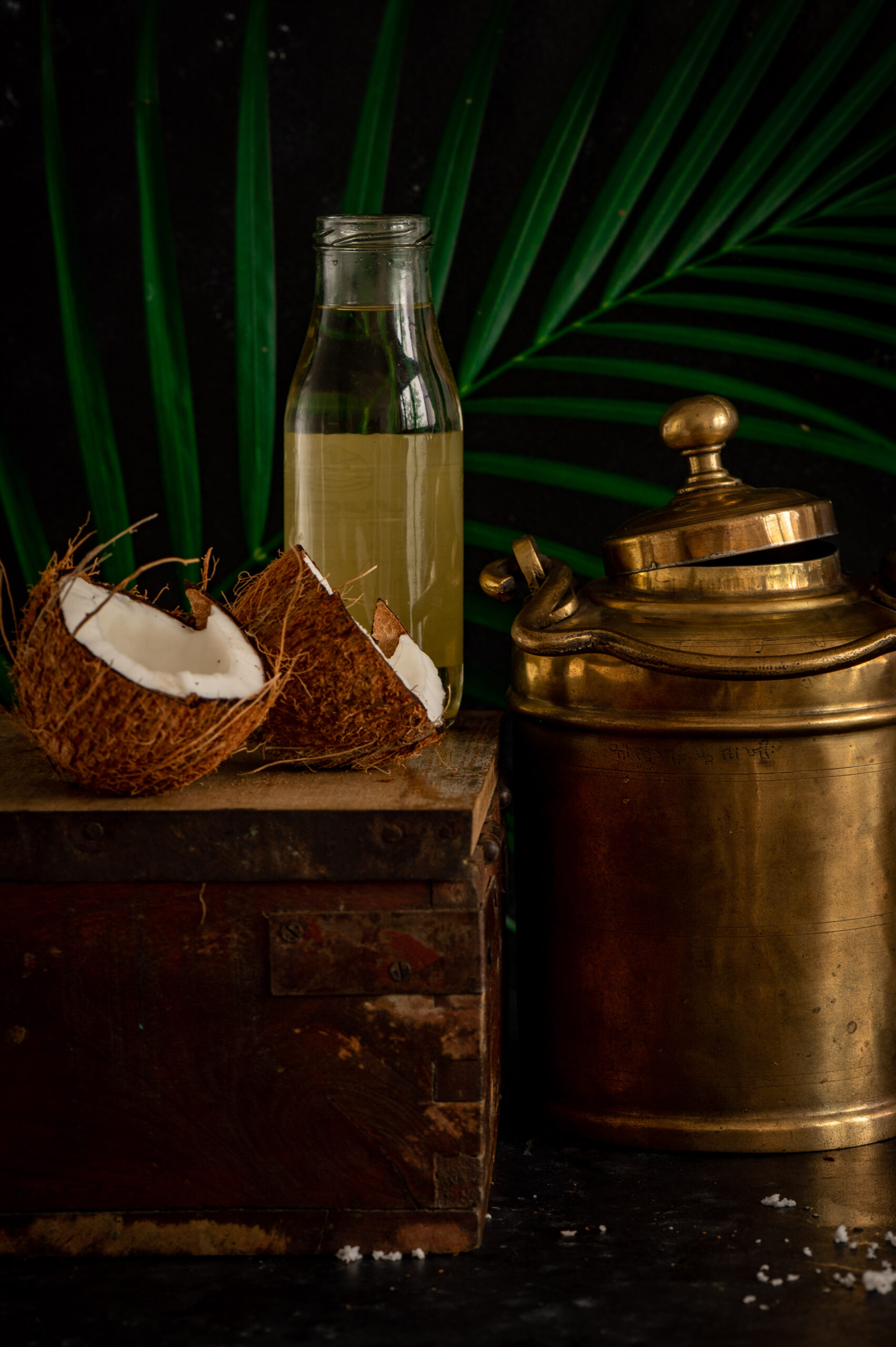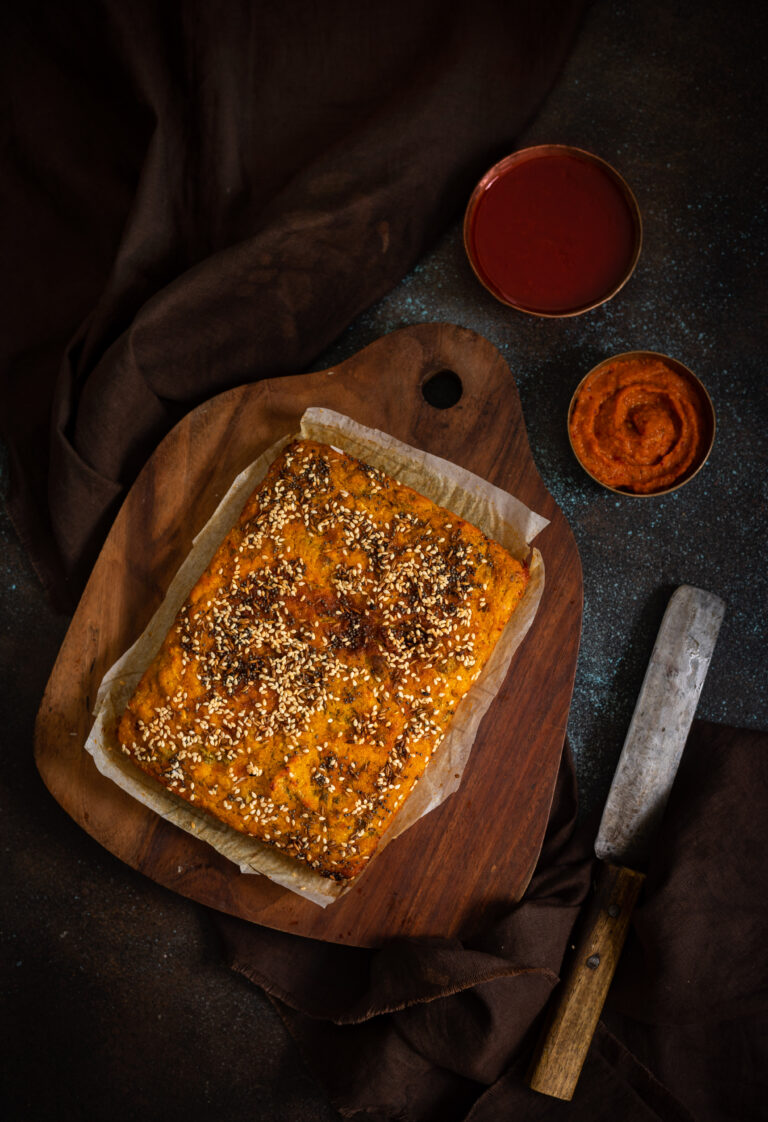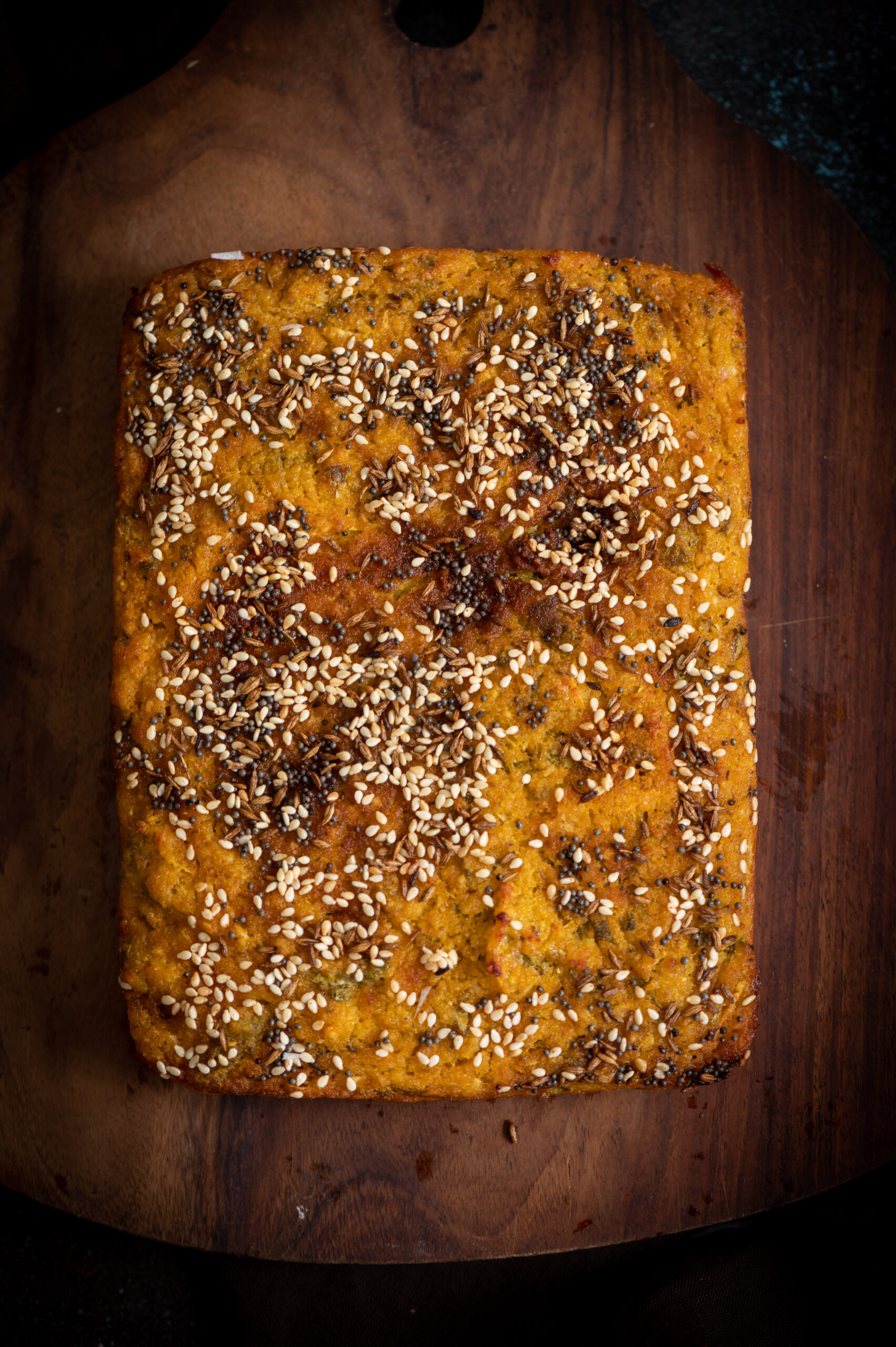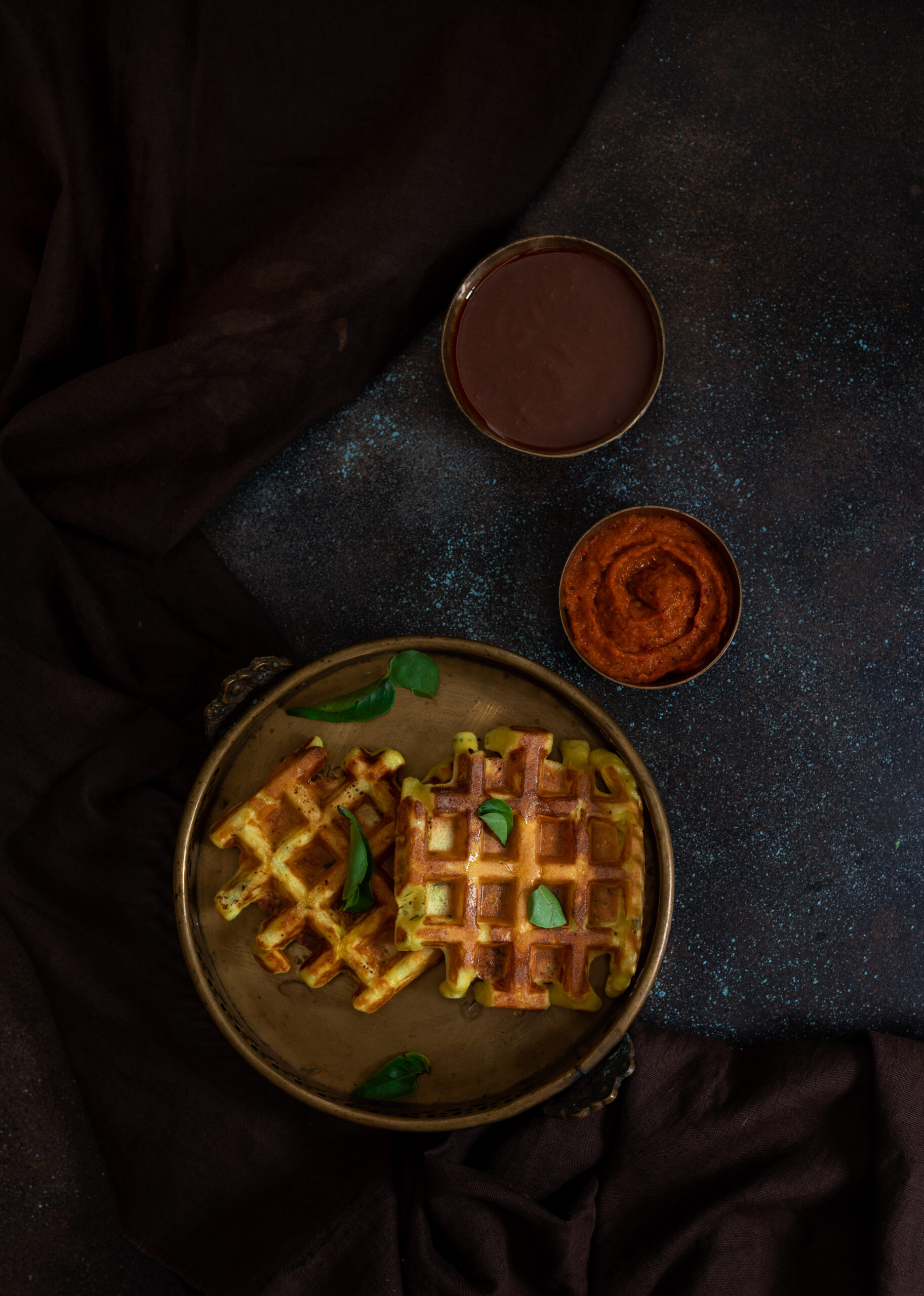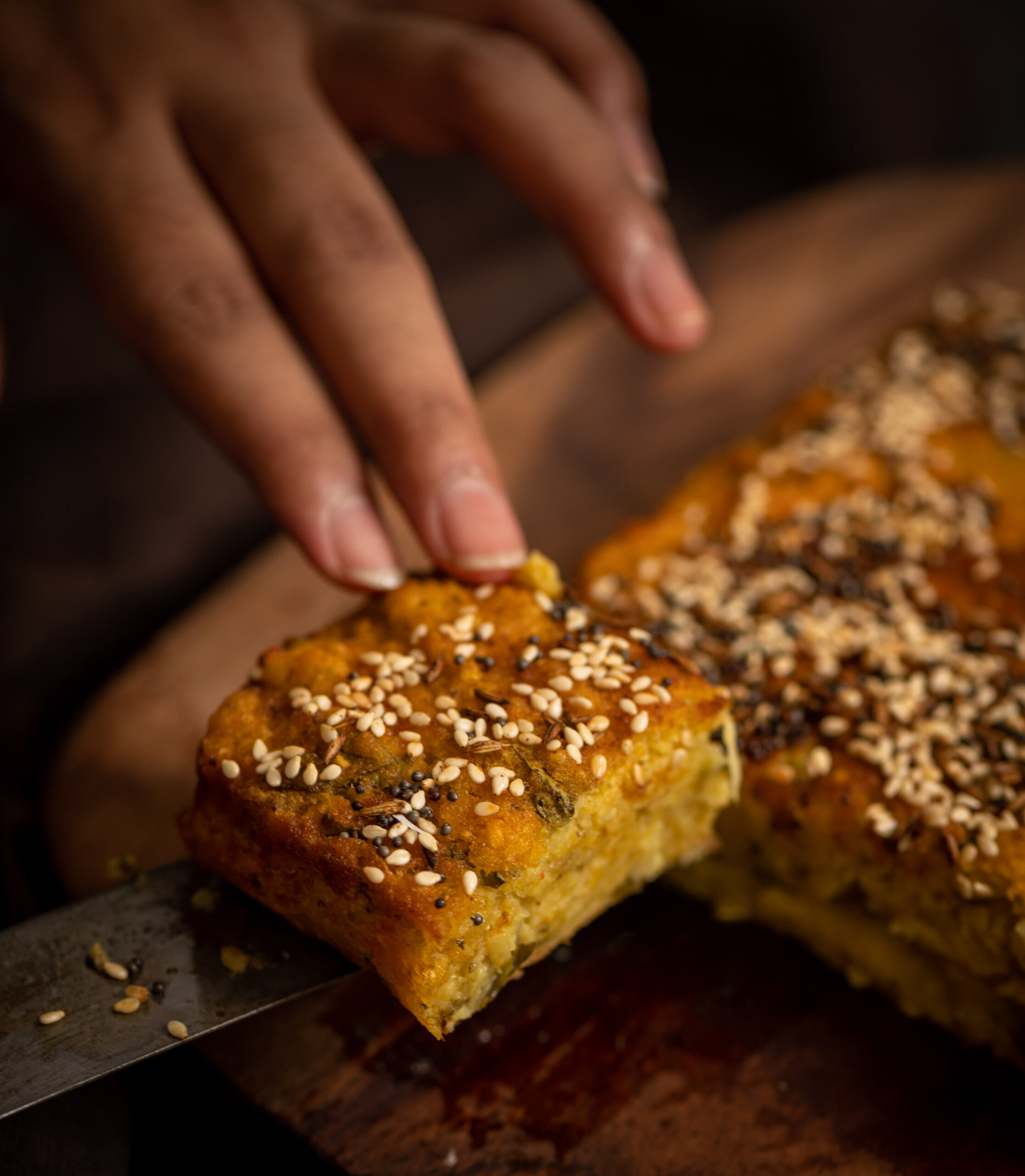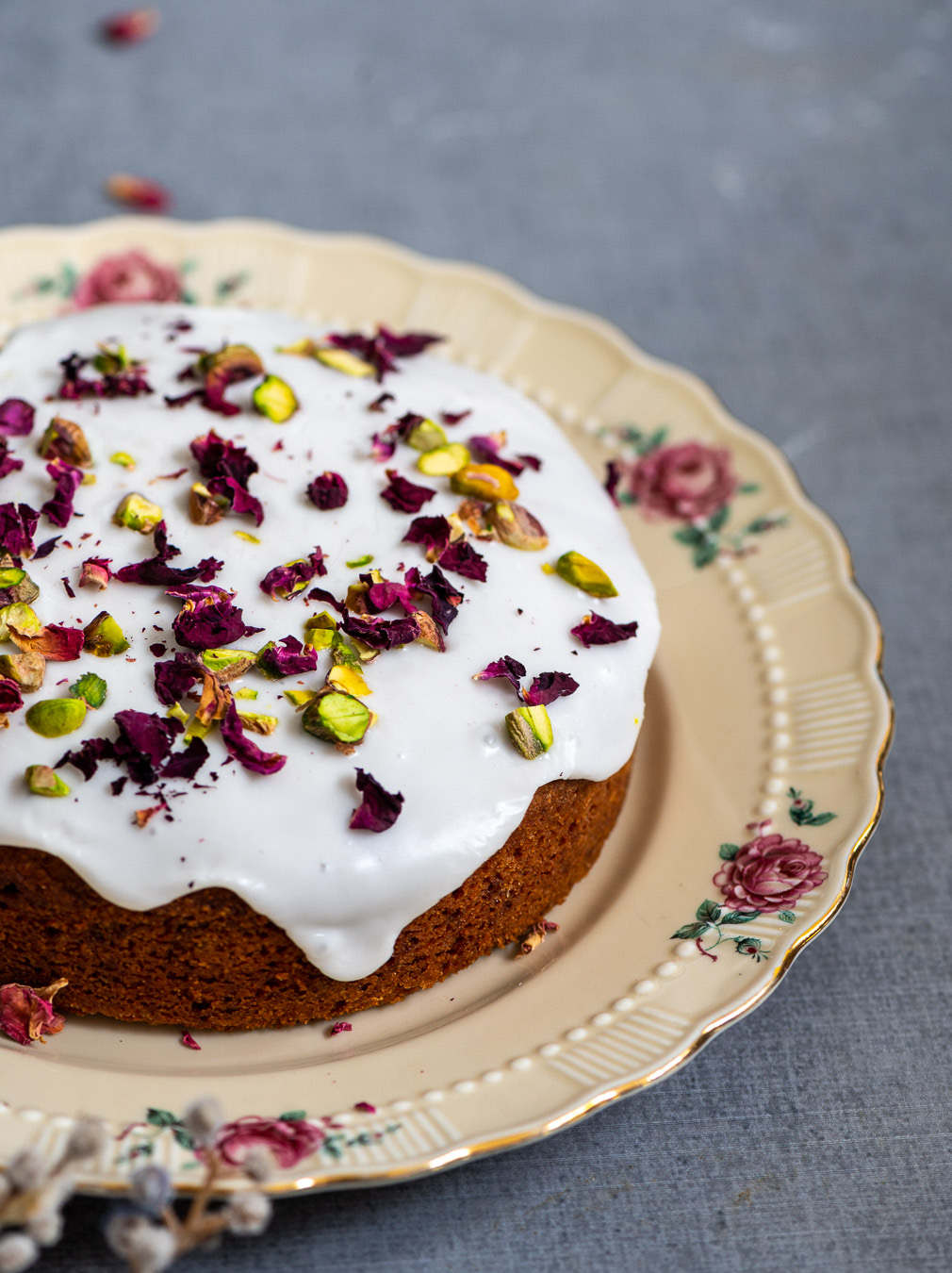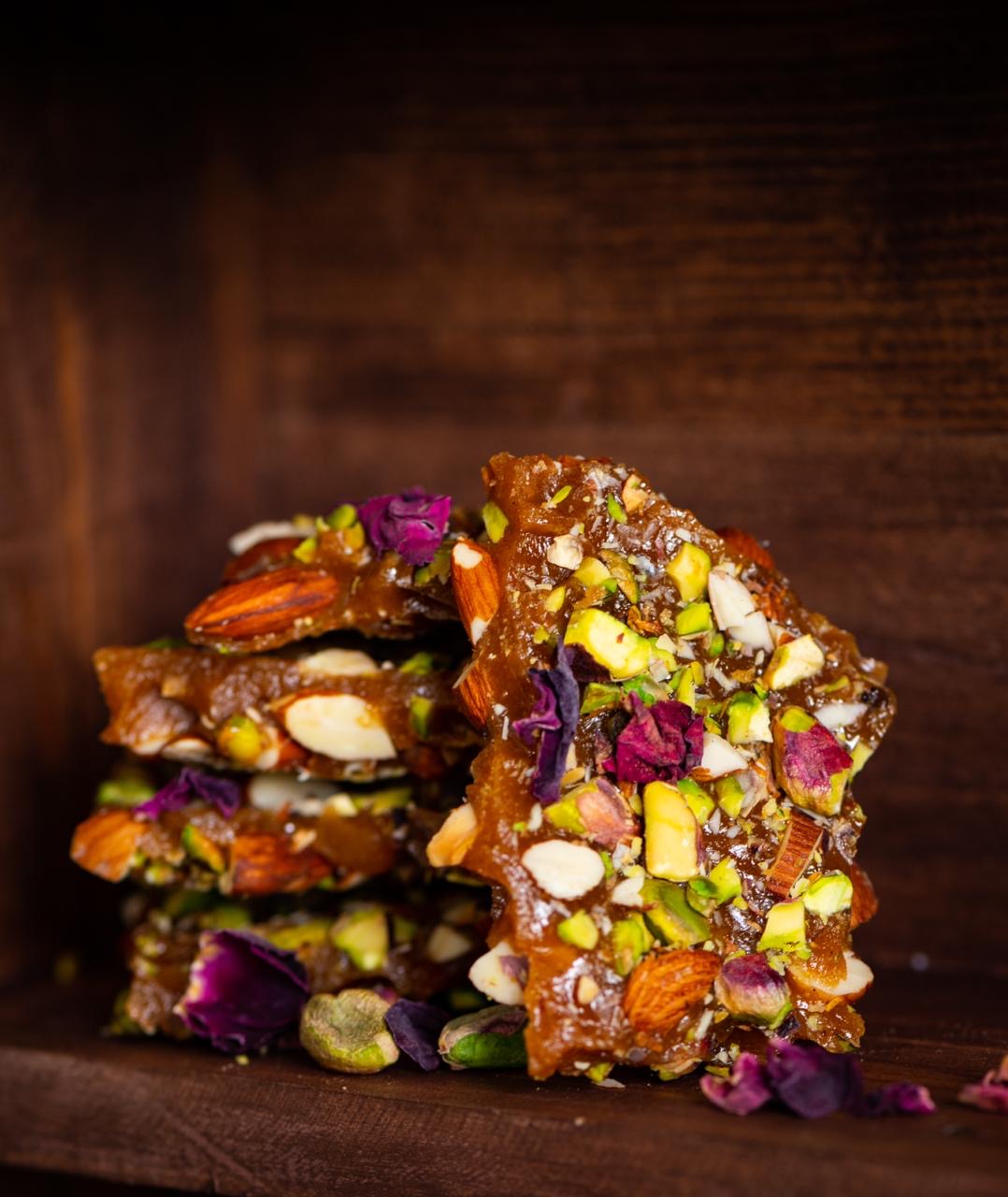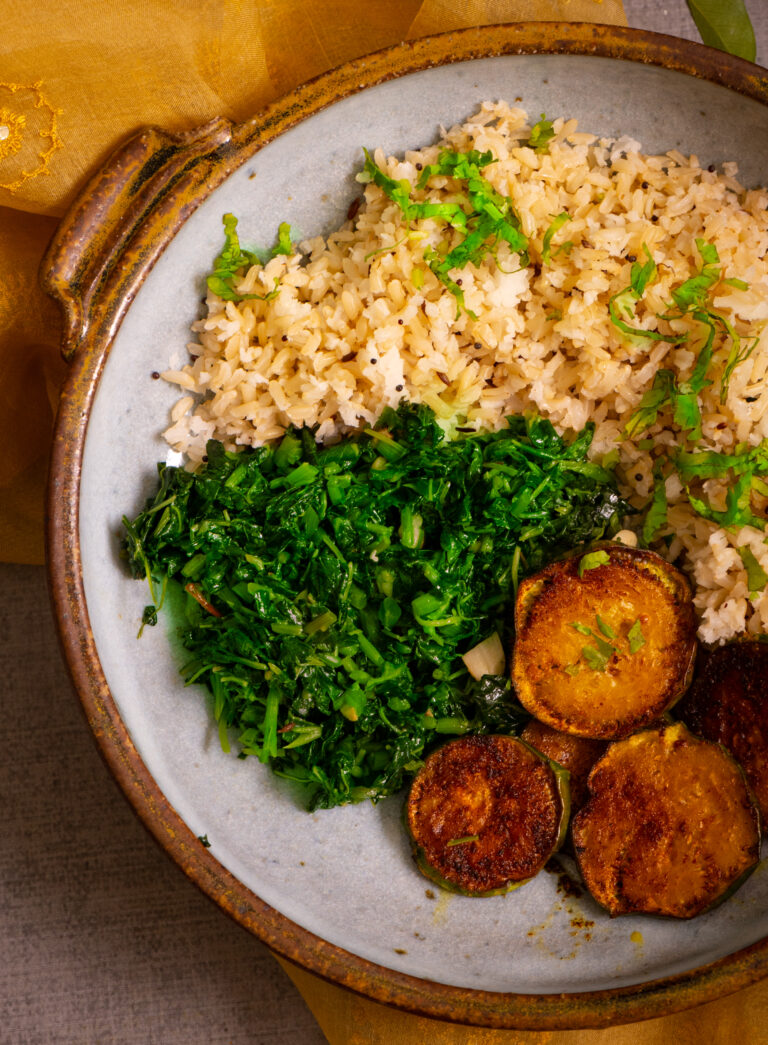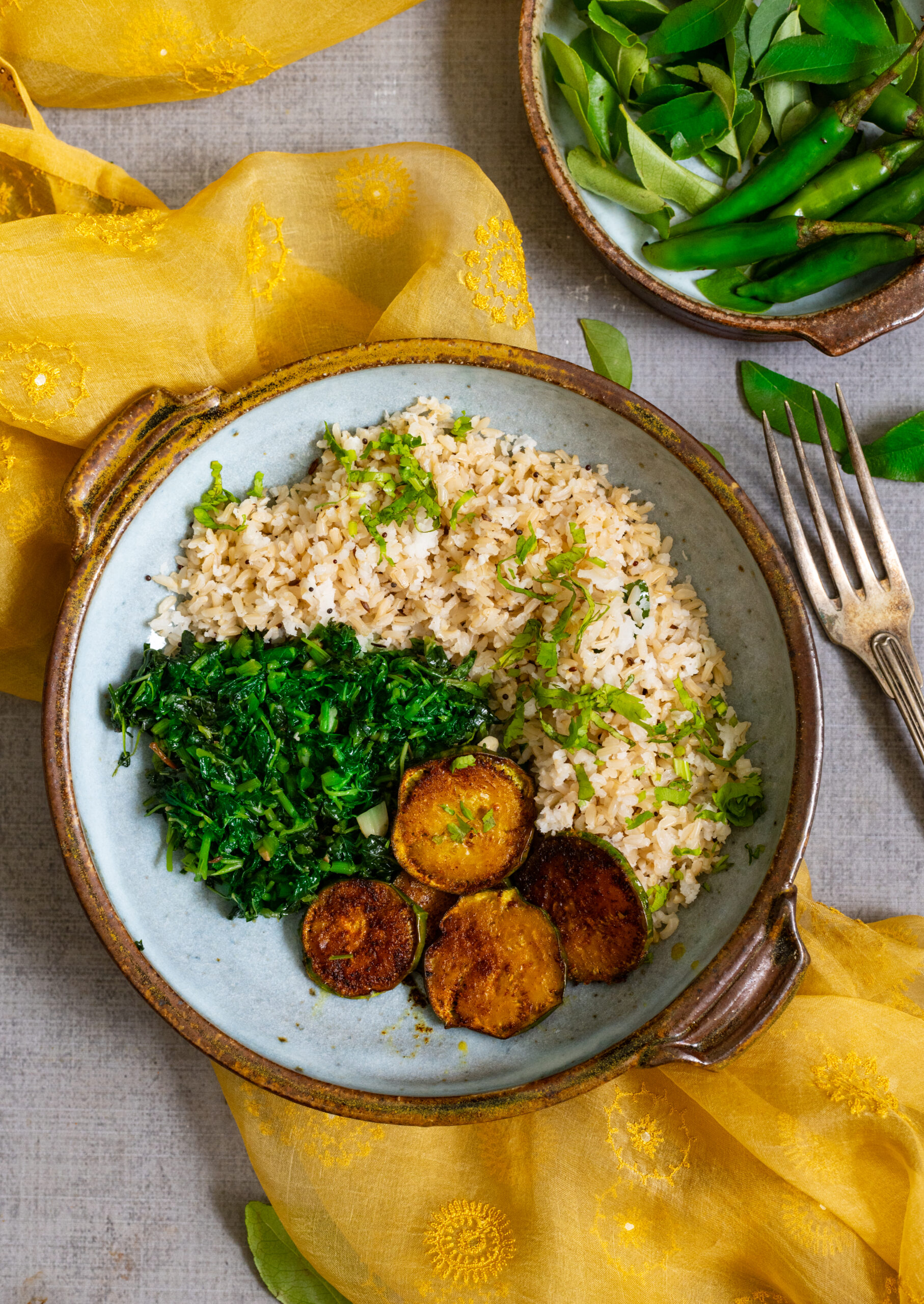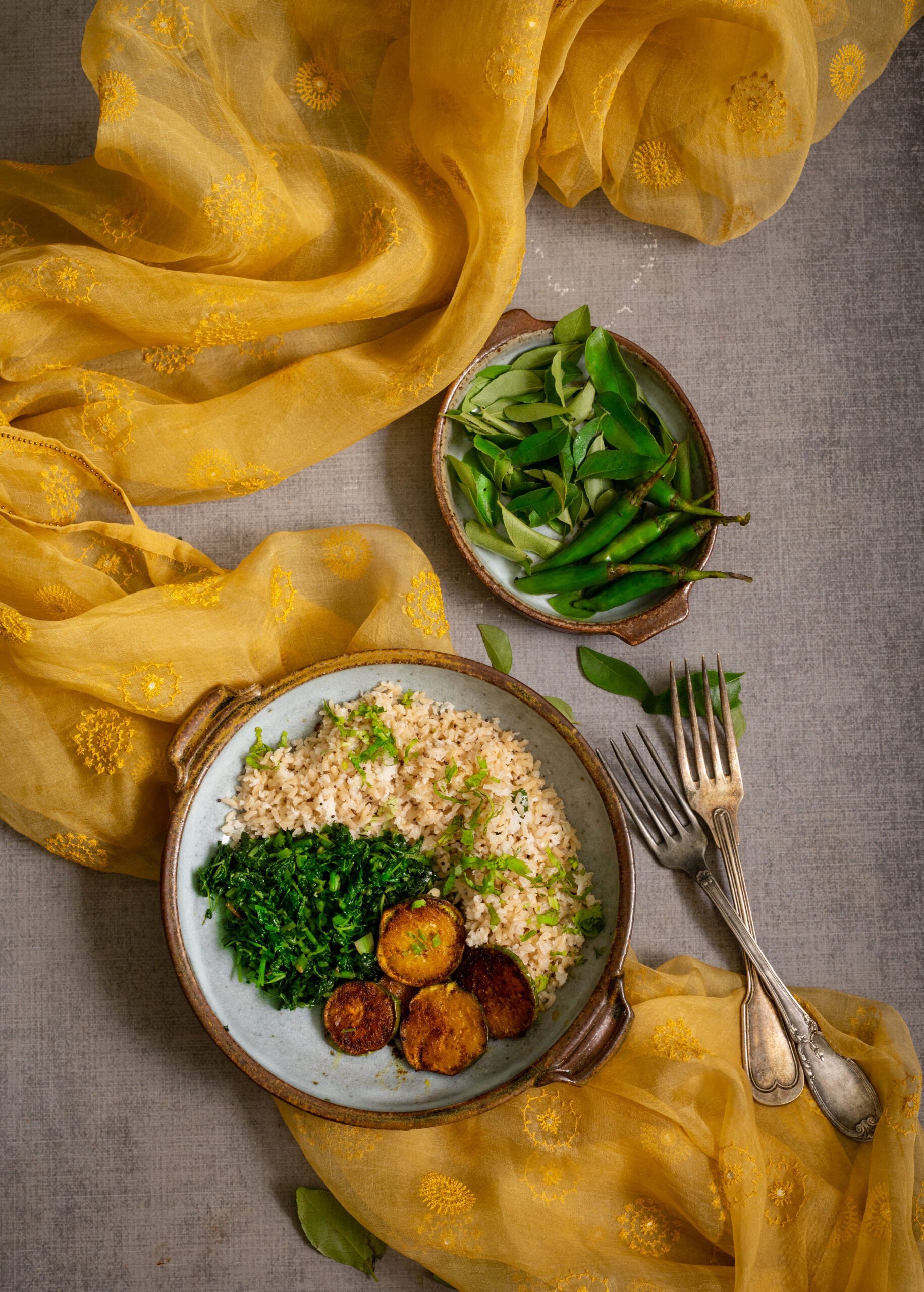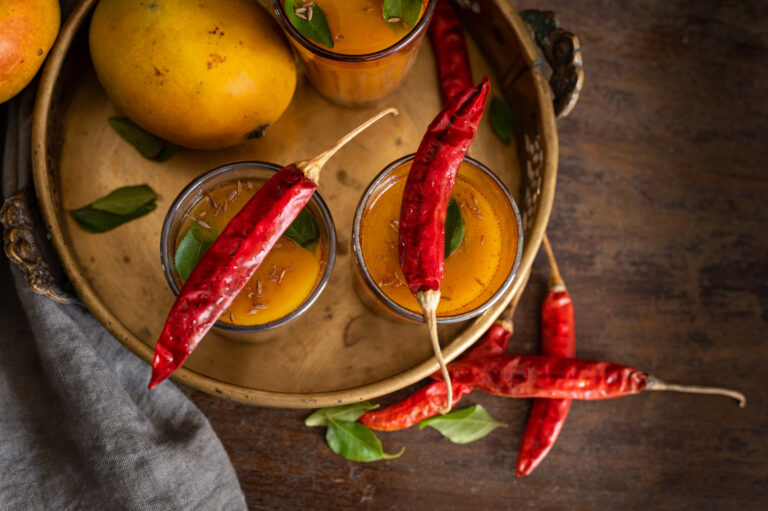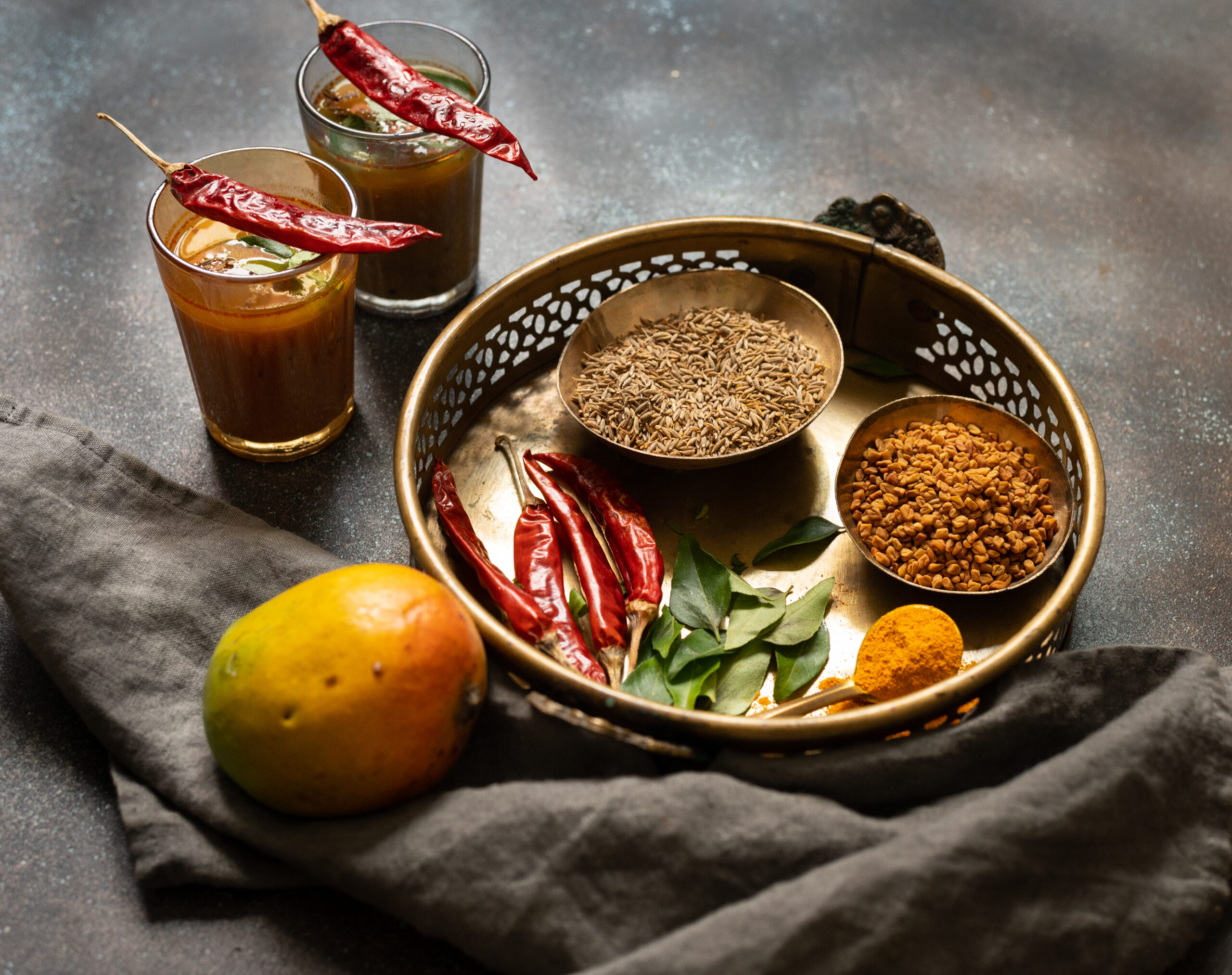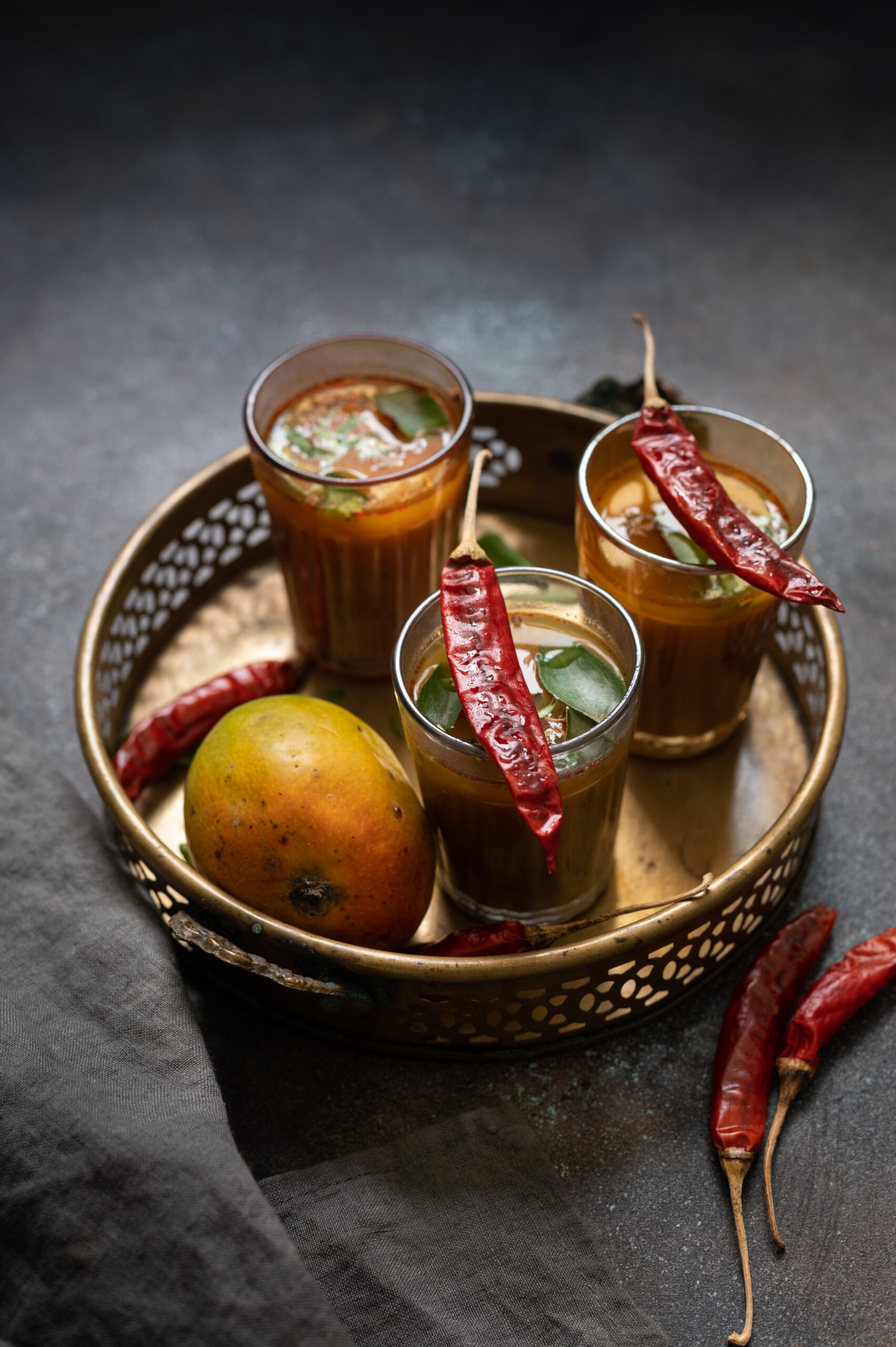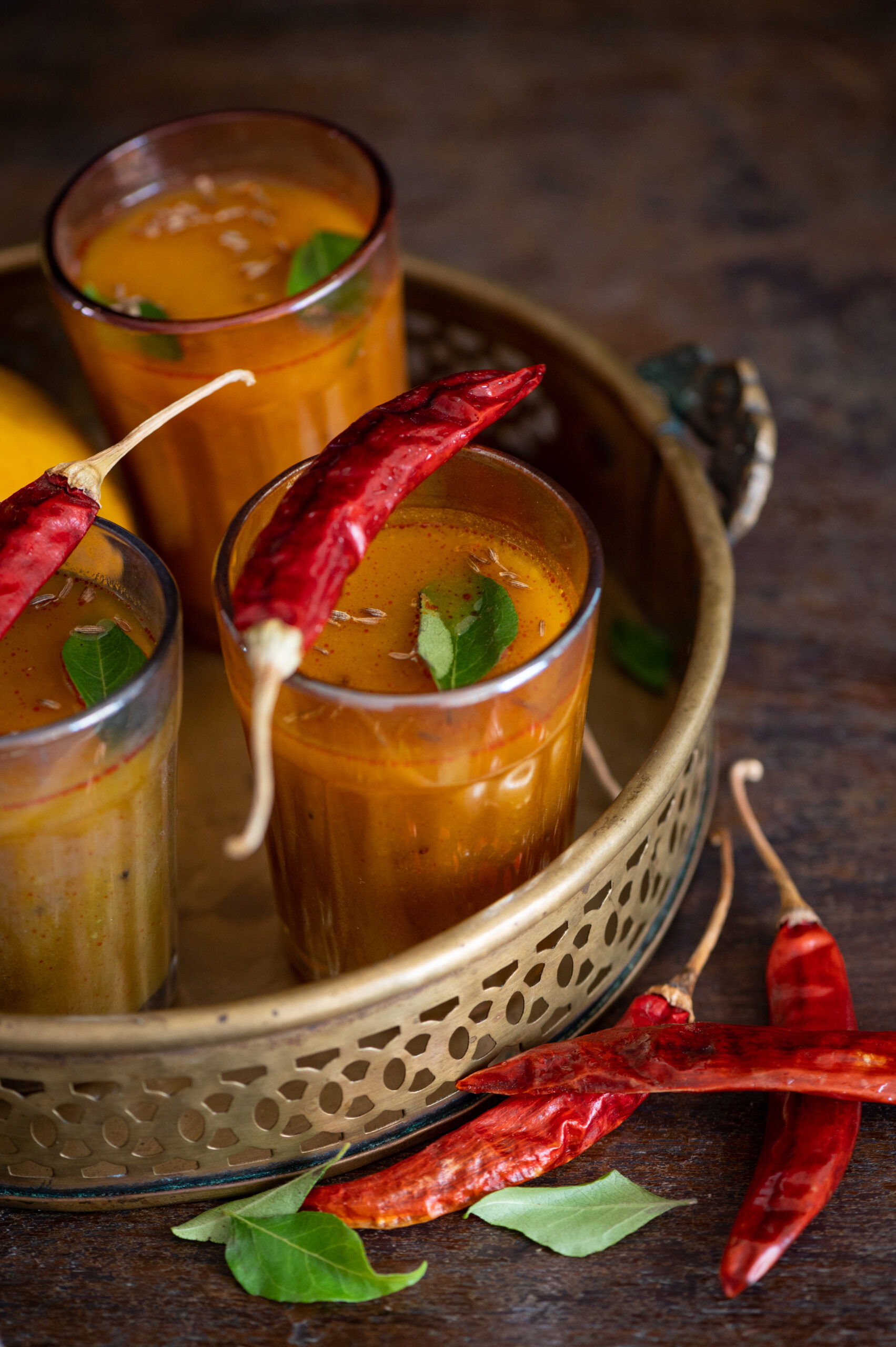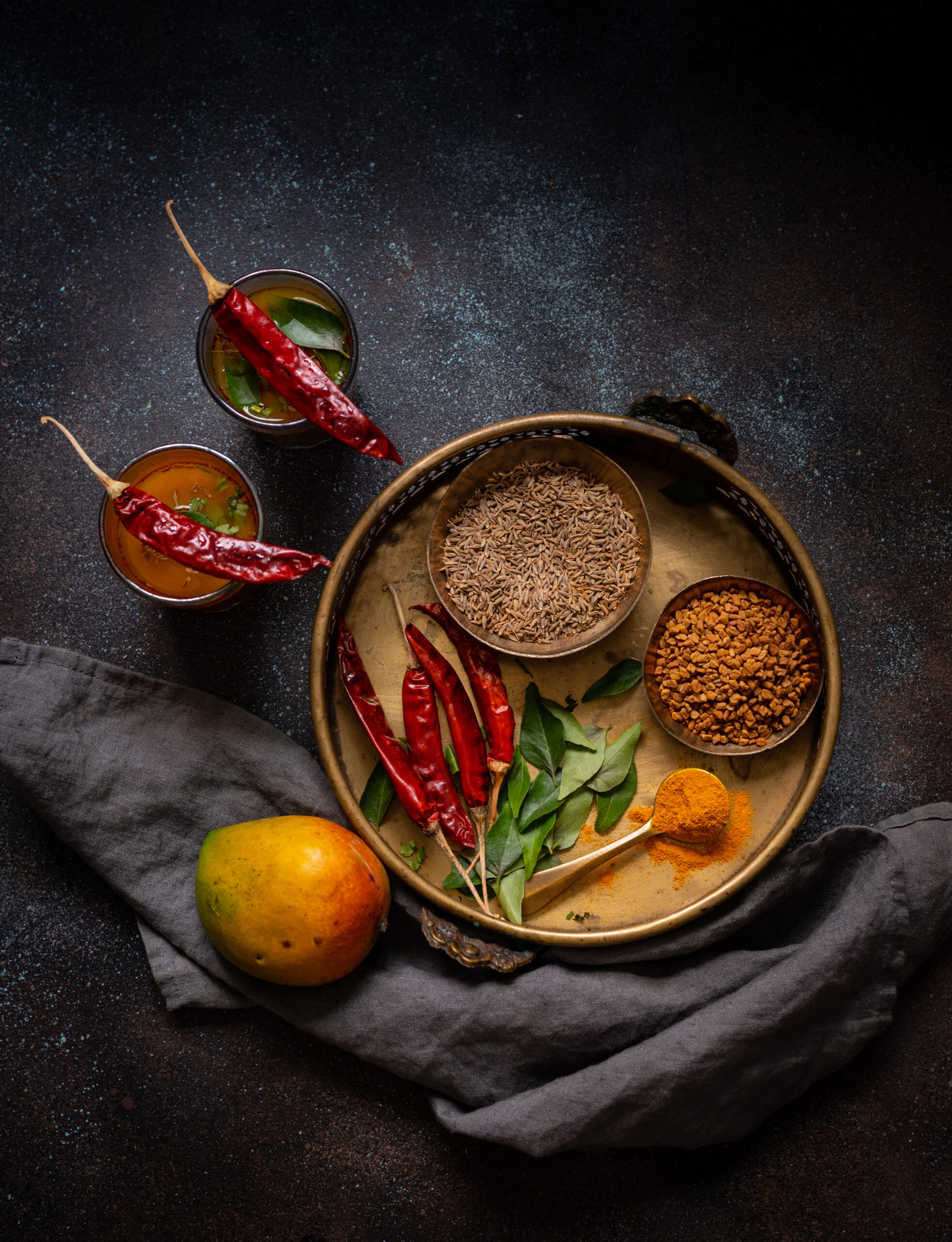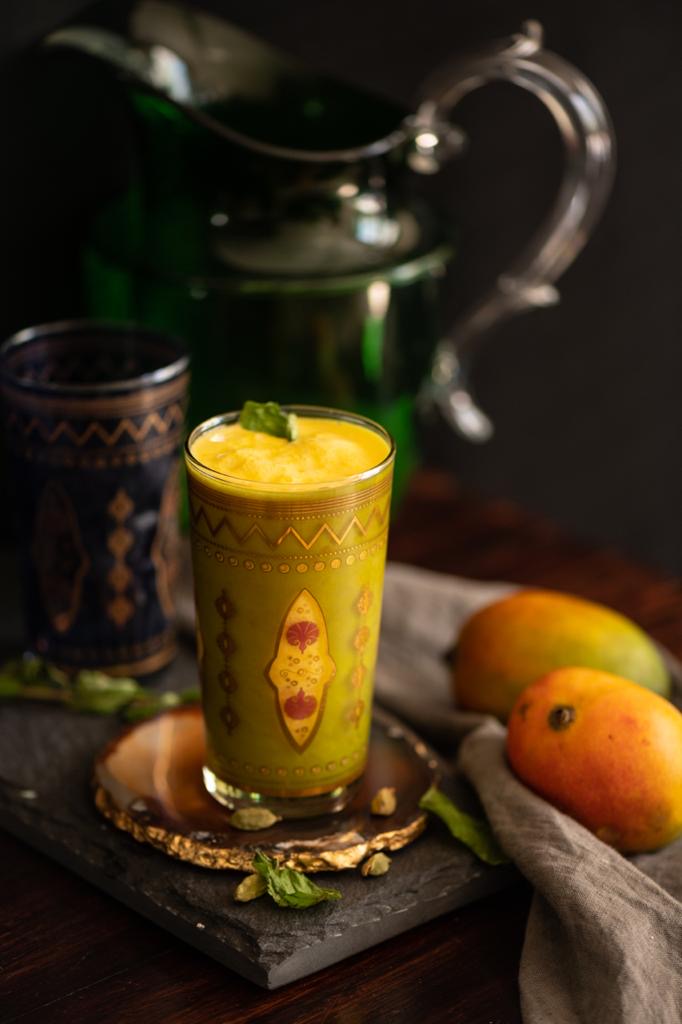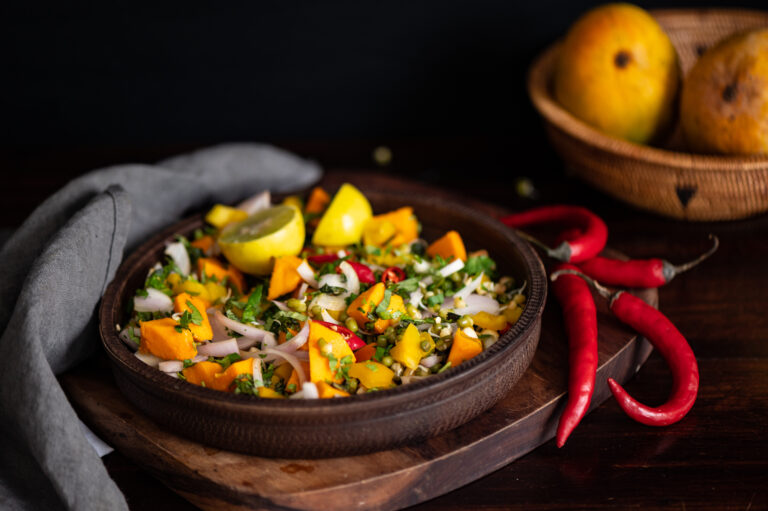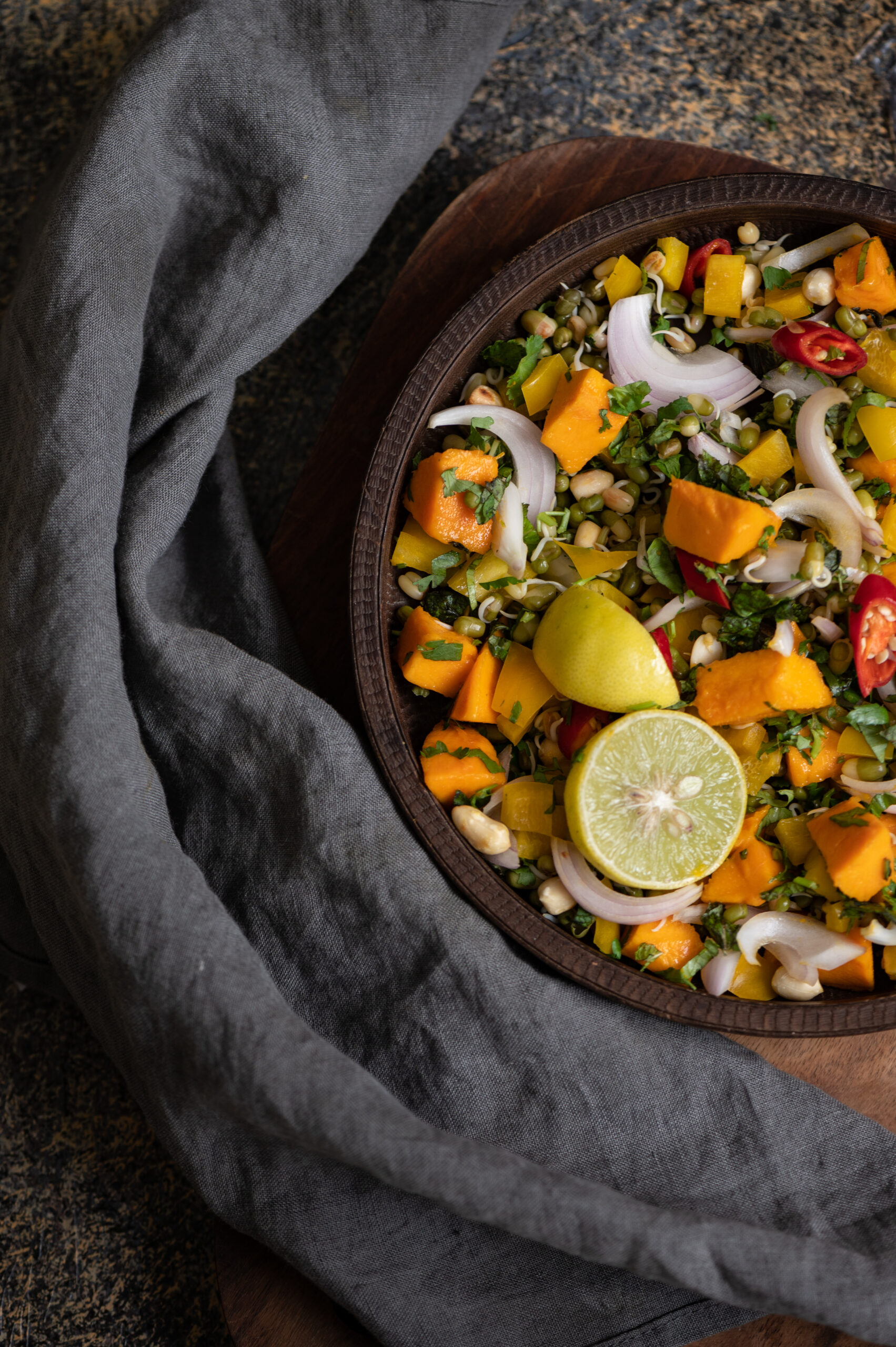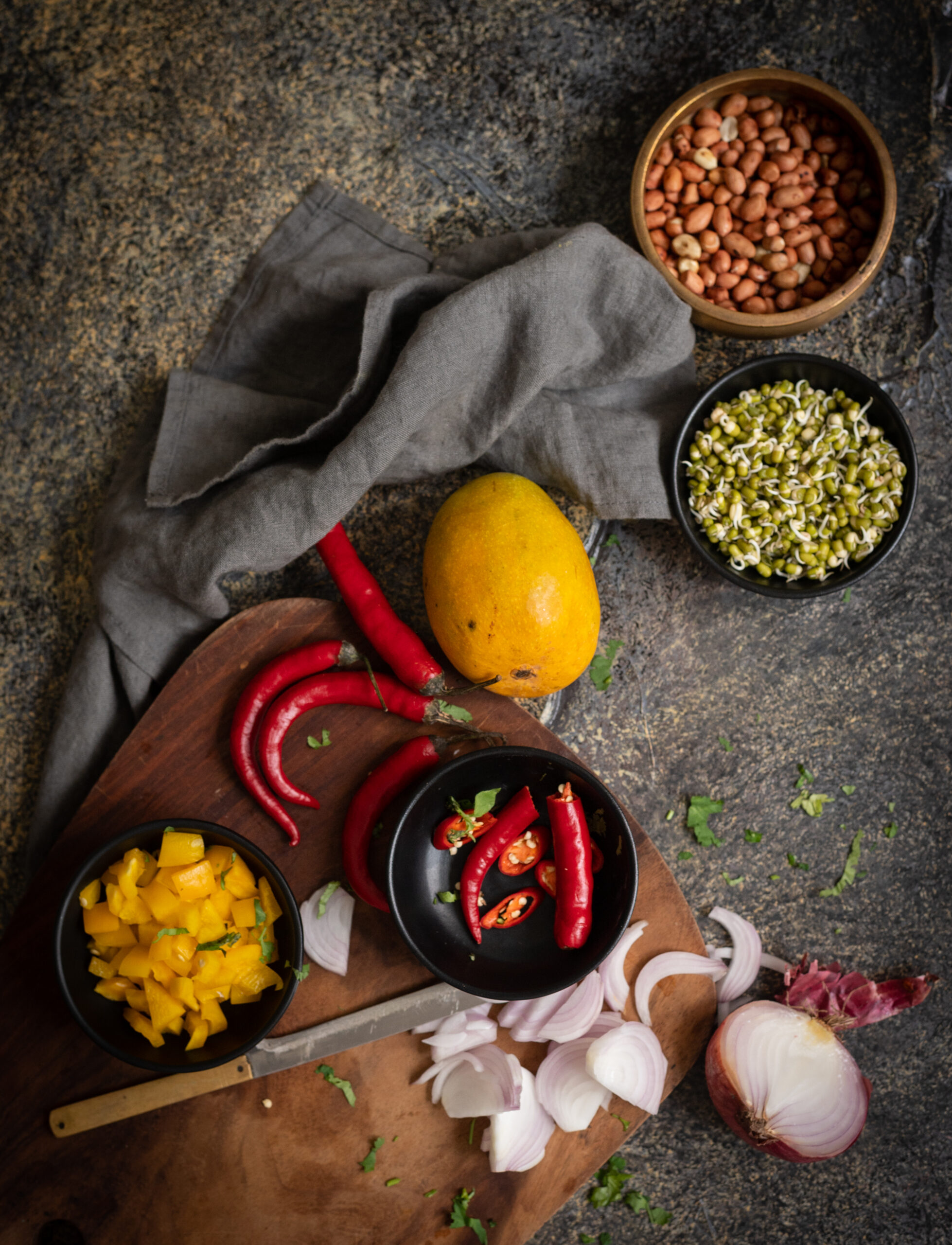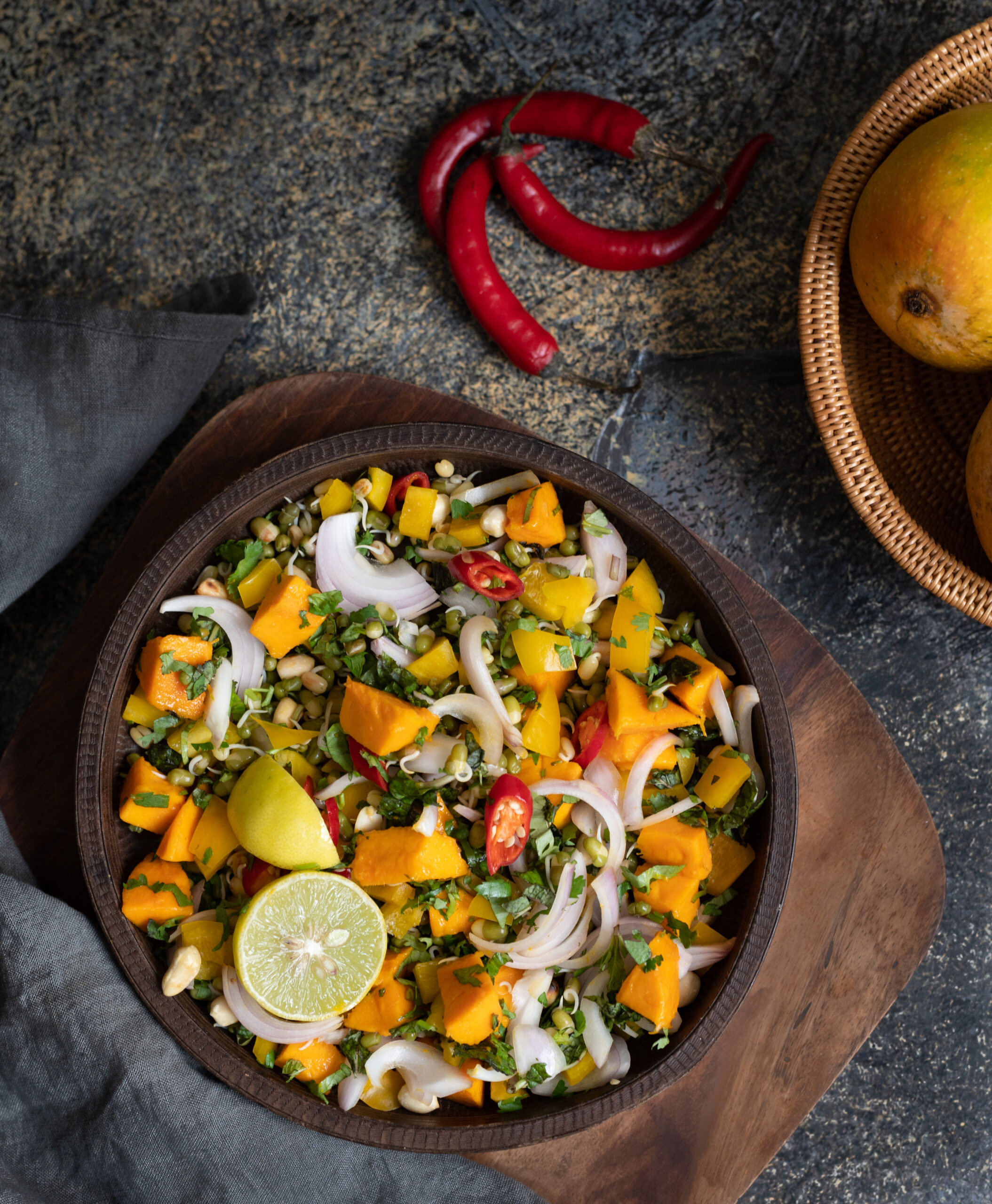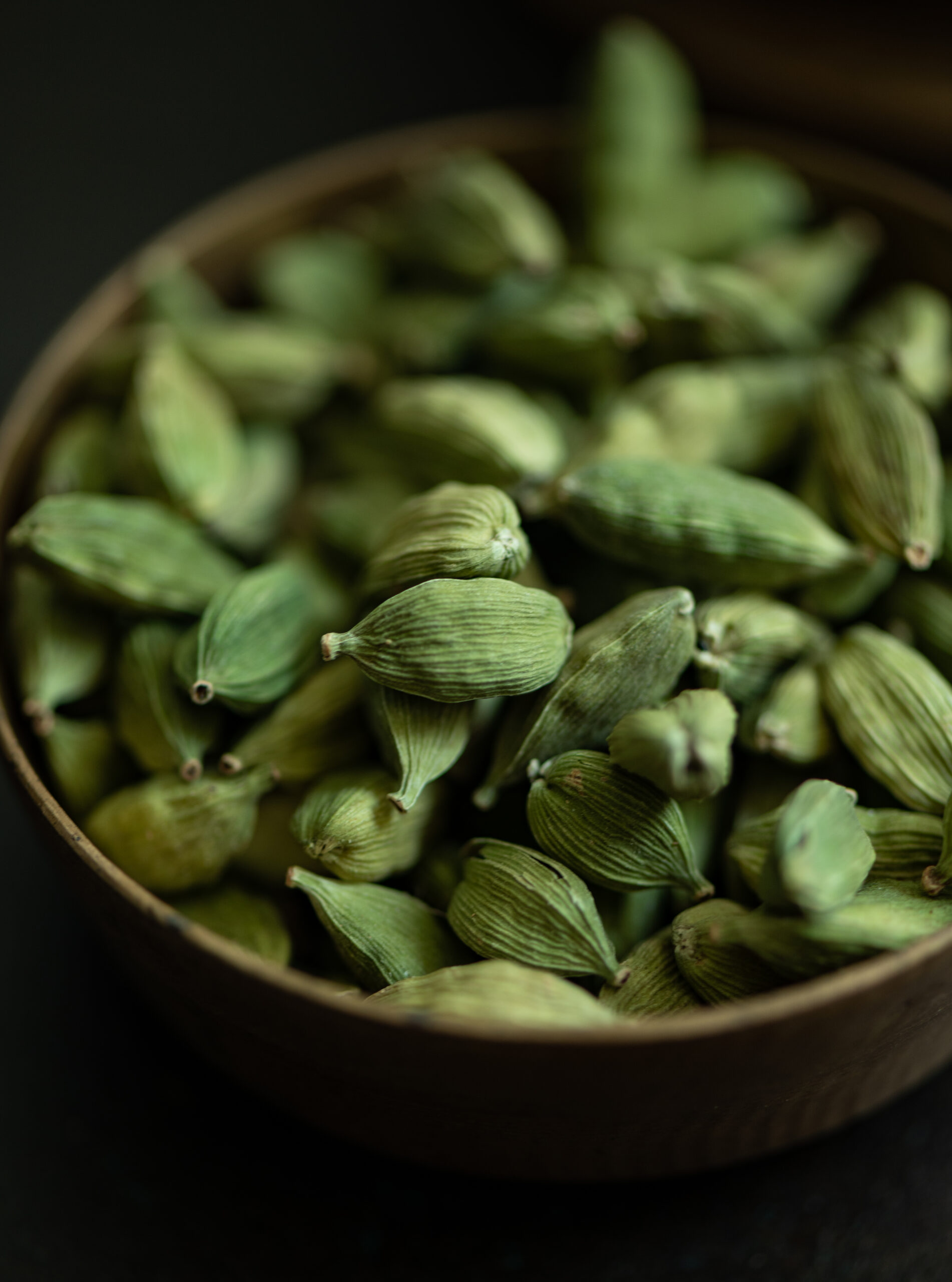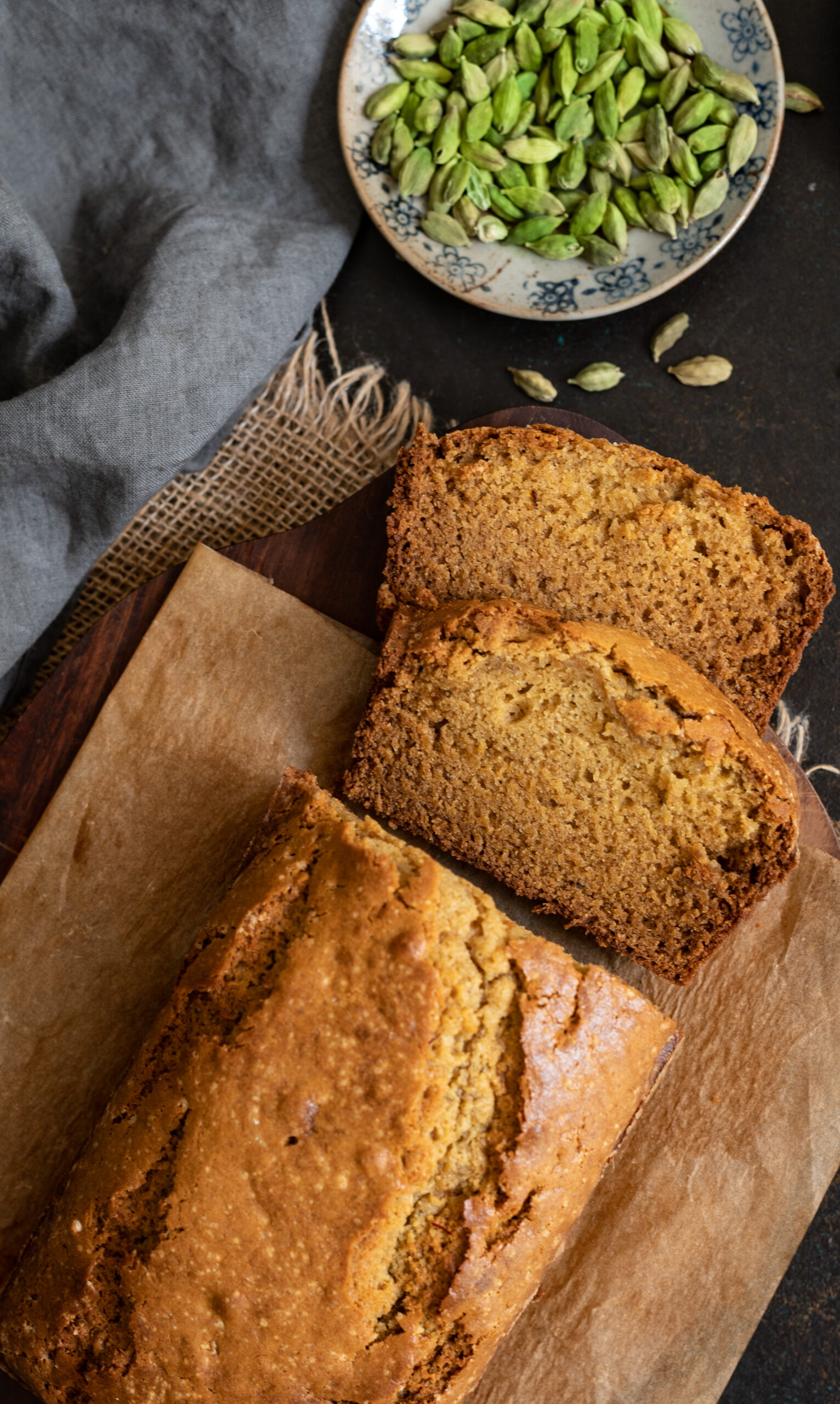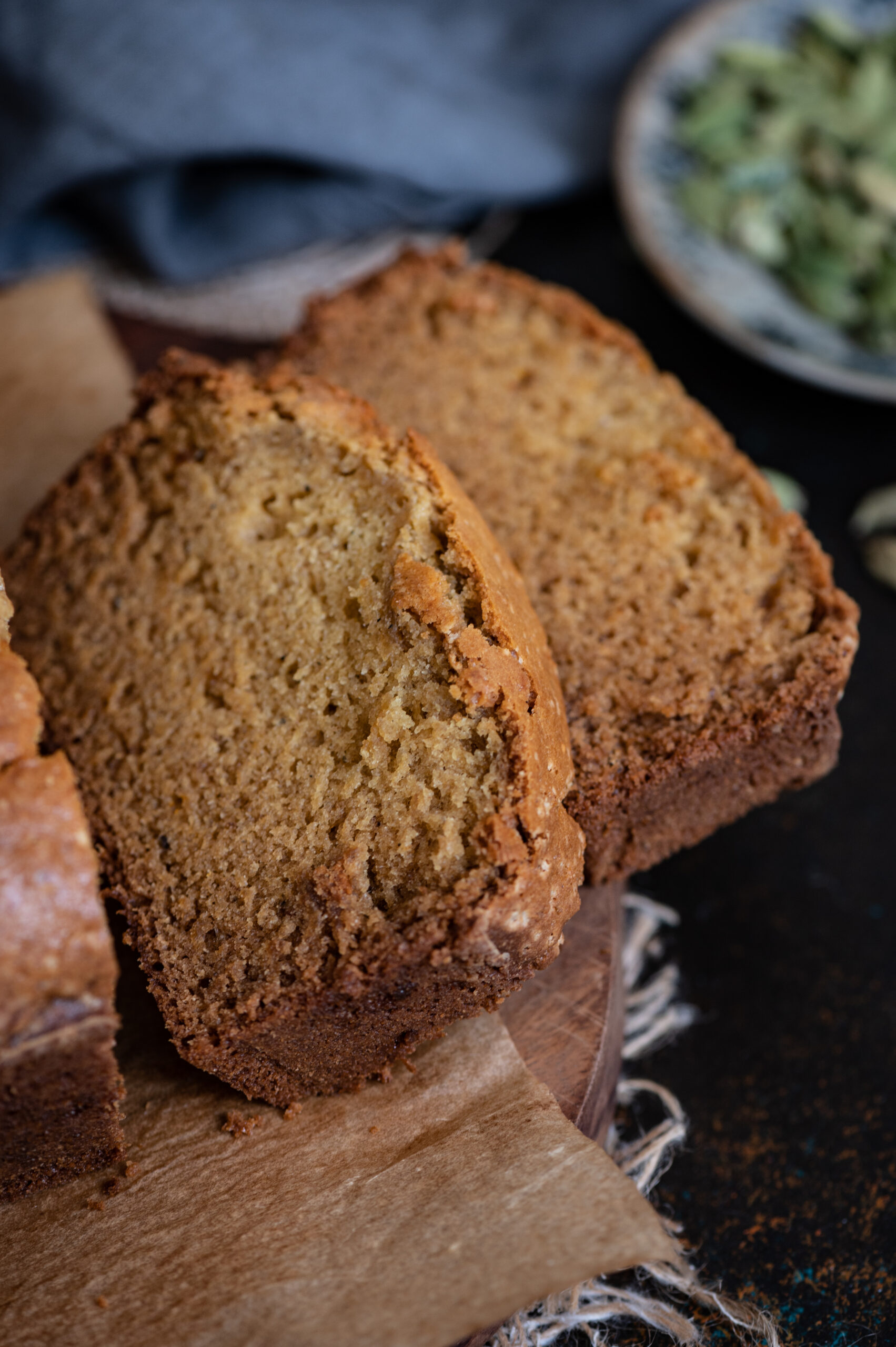What is it about the food we taste while we are growing up that somehow, no matter how far we go, becomes the basis of our most important culinary memories? So it is for me and a very special coconut stew (or to be authentic, “ishtew”), which would be served at my friend Girija’s house. We met in the 8th grade and were neighbours, and her mother prepared wonderful Keralan fare. Her ishtew was the first I’d ever had, and fortunately for me, Girija learnt how to prepare it exactly the same way. I’m so delighted to share this love-filled, coconut milk-based deliciousness with you today, as part of the ongoing coconut series.
“Ishtew” is possibly the Malayalam-ised word for “stew”, which I suppose is what the British must have called this dish when they first encountered it. Or perhaps it’s the other way around, and it’s the English word that is derived from the Indian one? Made with vegetables or meat and warmly spiced, it is usually served alongside aapam, a kind of rice-and-coconut-milk pancake that is also known as hoppers. You can also have this coconut stew with rice, idly or dosa.
The only recipe I have for this dish is the one that Girija shared with me, and to me it’s absolutely the best one. As with any food item, there will be variations from kitchen to kitchen and community to community, and I know of many who prepare it in different ways. The core of this dish, as with most very popular and commonly consumed traditional ones, is that it is quite simple to prepare and uses ingredients that are easily available. Coconut, of course, is the star.
Girija and I were such tight friends as teenagers that it was a given that if I was not at my home, I could be found in hers, and vice versa. Decades later, we remain close, and now, whenever I visit her in Singapore, there is always a large bowl of coconut stew being prepared for me. The photo below is from a few years ago, from one of the times when she prepared it for me and I happened to have my camera on hand. Somehow, over the decades, it’s her stew – not even her mum’s – that is most vivid in my mind. We create new memories and reminisce about old ones whenever we enjoy a meal together, and I hope that this dish becomes a part of yours too.
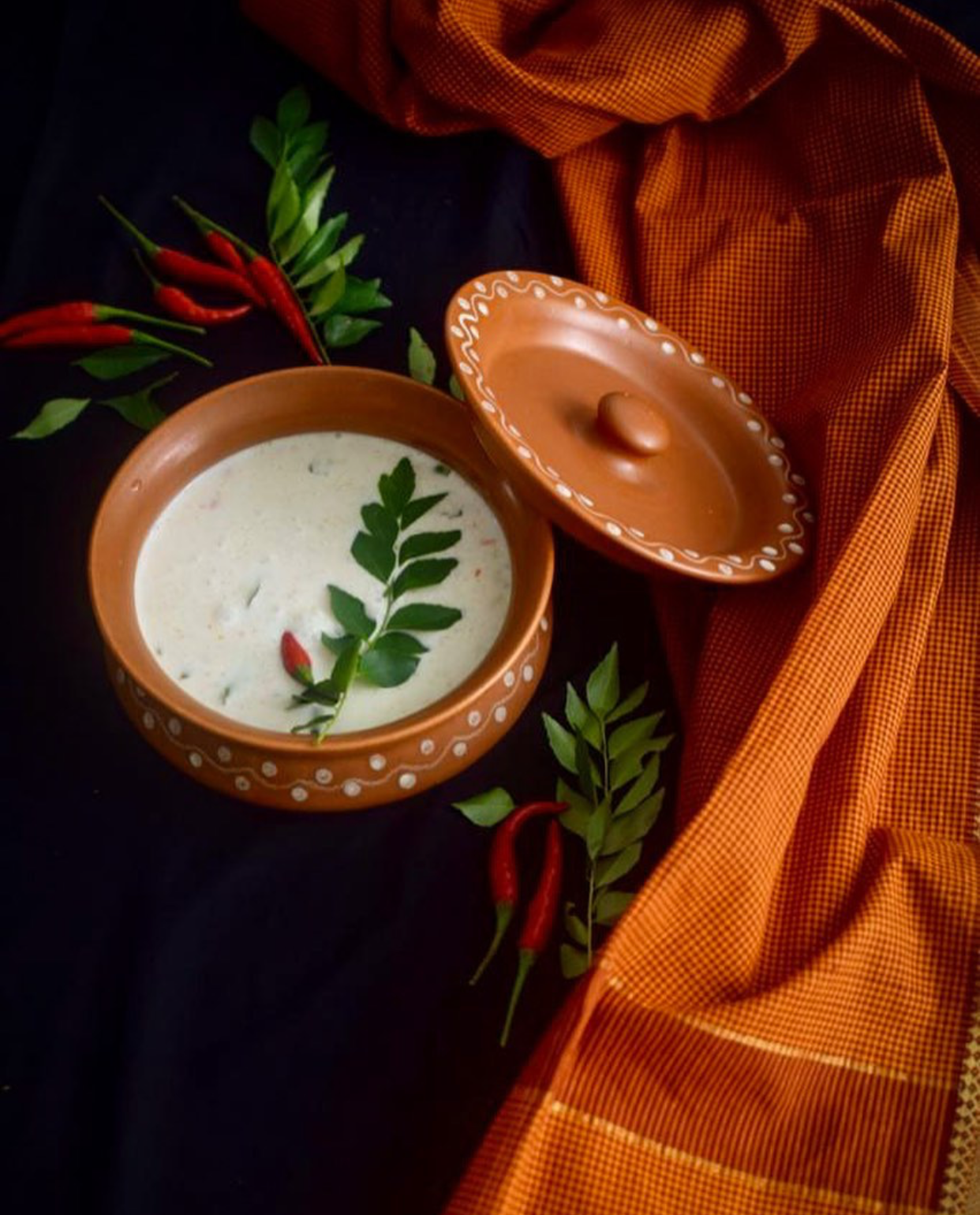
Coconut Stew
(Serves 2-4 people)
50 grams onion
125 grams potato
20 grams ginger
A few curry leaves
2 teaspoons coconut oil
½ cup water
Salt to taste
One coconut
Cut the onion and potato into thick juliennes. Set aside.
This recipe requires two cups of fresh coconut milk – a first press cup, and a second press cup. Prepare the first press by grating the coconut flesh and grinding it in a blender with a ¼ cup of water. Strain this and set aside. The first press milk will be thick.
Now, repeat the process using the same grated coconut flesh – this will be the second press milk, and it will be thinner in comparison to the first press. Set aside.
Take the second press milk and boil the julienned potato and onion in it until they are soft. Ensure that you add the onions after the potatoes, as they cook faster. Add the ginger too. You can press down on the potatoes a little using a masher.
Once this is done, add the thick first press coconut milk to the pan. Add the curry leaves and coconut oil as well. Stir well. Your coconut stew is now ready to serve, and a plate of aapams, idlies or dosas will go perfectly with it.
This stew evokes for me one of my most cherished friendships, and so many childhood memories. Although Girija and I are in different countries at present, perhaps one of the many reasons she and her stew have been on my mind is because the lockdown this year has meant that meeting at home has become how most of us socialise now. Here in Chennai, my friends and I often discussed wanting to meet but felt it wasn’t safe to go out to restaurants like we had in the past. Instead, what we now do is something that we had quite rarely done in the past: meeting in each others’ homes over home-cooked meals. It’s so nice to get together this way, knowing that everyone is comfortable and care has been taken.
The lovely thing about old friendships is that even if we don’t see each other often, the bond is absolute. I truly feel relaxed and comfortable when I am with dear friends like Girija. It’s easy to put my feet up with her, and that is the kind of ease that can only come with knowing how much love is given and shared between oneself and another. That love speaks in the food that she cooks for me. We have an understanding that she cooks for me, and I cook for her. The “trade” for this Malayali coconut stew is always a Gujarati dal. Perhaps I will share that recipe some day soon too…
In the meanwhile, don’t forget to check out the previous posts in this coconut series: coconut podi and coconut oil. Stay tuned for a lovely Diwali dessert next weekend, to round the series off!
